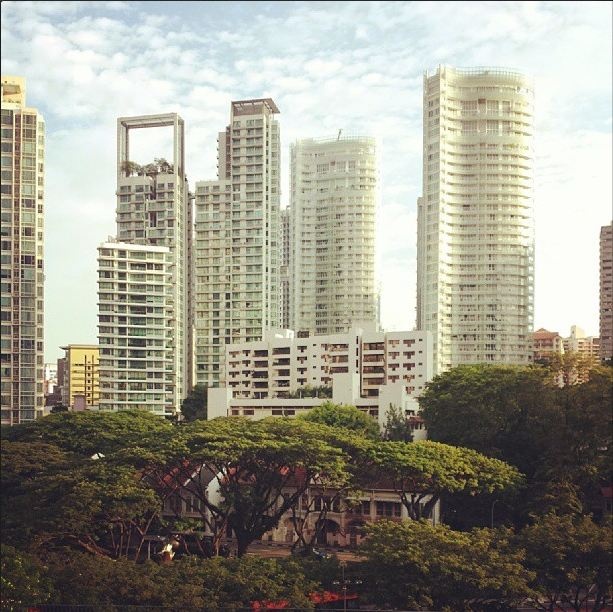Making the invisible - visible, Singapore
FC-01x Future Cities (1st Run) - Exercise 1 : "Making the Invisible - Visible"

Uploaded on 2015-06-07 by JocelynCheok
![Photo taken from SCAPE, Somerset, Singapore. Visibly, you can see 3 different generation of buildings and fully grown trees on the road level.][1] [1]: https://edxuploads.s3.amazonaws.com/1433658938930814.jpg Photo taken from SCAPE, Somerset, Singapore. Visibly, you can see 3 different generation of buildings and fully grown trees on the road level. B. Identify and present two "invisible information" that can be extracted out of the visible information of this photo. From the 3 generations of building shown, you will notice the difference in building height and architecure which reflects the need for buildings that can cater to a higher density of population to support the population growth of the nation. First from the low-rise 2-storey colonial shophouse, to the mid-rise modern-architecture residential building and to the current high-rise post-modern architecture. The difference in the architectural language also reflects the nation's architectural culture and trend that evolves overtime. The canopy trees reflects the citys' effort to for natural shading to make the country more walkable and livable in a tropical country. C. Select one of your choices from the previous question and describe how this invisible information can become knowledge and contribute to the planning of a more liveable urban space. Based on the obvious growing height of buildings, and the knowledge that skyscrapers are highly unsustainable and one of the biggest contributors to global warming, measures need to be taken to control the growing number of skyscrapers in the nation city and it is understood that the Singapore government has taken efforts by enforcing the need for Greenmark certifications for buildings that exceeds a certain Gross Floor Area (GFA) which compels developer to implement green sustainable strategies for these skyscrapers. Besides greenmark, the government has also provided incentives for sky gardens for high rise buildings. The downside of these implementations would be the increase in building cost, lowered saleable area of the developer and hence, the increment in price of properties in general. These cost would eventually be borne by the consumers and thus the unhappiness of its citizens over the price of properties in Singapore. No matter, it was a hard decision that had to be made in order to ensure that the city continues to be sustainable and livable due to the land scarcity of the country despite the growing number of its residents.